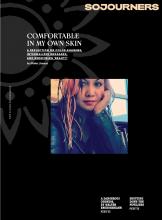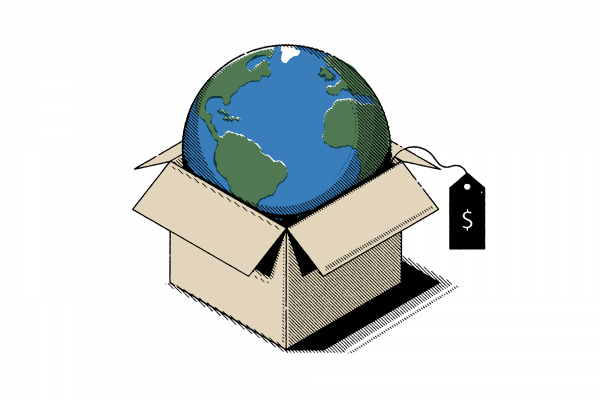IN OCTOBER, POPE FRANCIS convened hundreds of people in Rome to discuss the Indigenous face of the church in the Amazon. The three-week, multitrack meetings, which included lay leaders, members of religious communities, priests, expert witnesses, bishops, cardinals, and leaders of Indigenous organizations, was the result of a two-year listening process during which more than 65,000 people in the Amazonia region were asked: What are the most pressing issues you face?
The agenda used for the synod of bishops at the Vatican, as well as the wide variety of interconnected parallel gatherings around the city—under the umbrella of “The Amazon: Common Home” (la Casa Comun)—outlined the collected wisdom: Listen to the voice of Amazonia. Pursue ecological conversion. Support the prophetic Indigenous church.
One parallel gathering met in the Church of Santa Maria in Traspontina, a 10-minute walk from St. Peter’s Basilica. Hundreds of Amazonian Indigenous leaders and guests met at Santa Maria to pray, listen, and conceive a new world—one that celebrates the eternal truth of the proclamation of Jesus Christ: We are all loved. We all belong. All creation is deeply connected.
Read the Full Article

